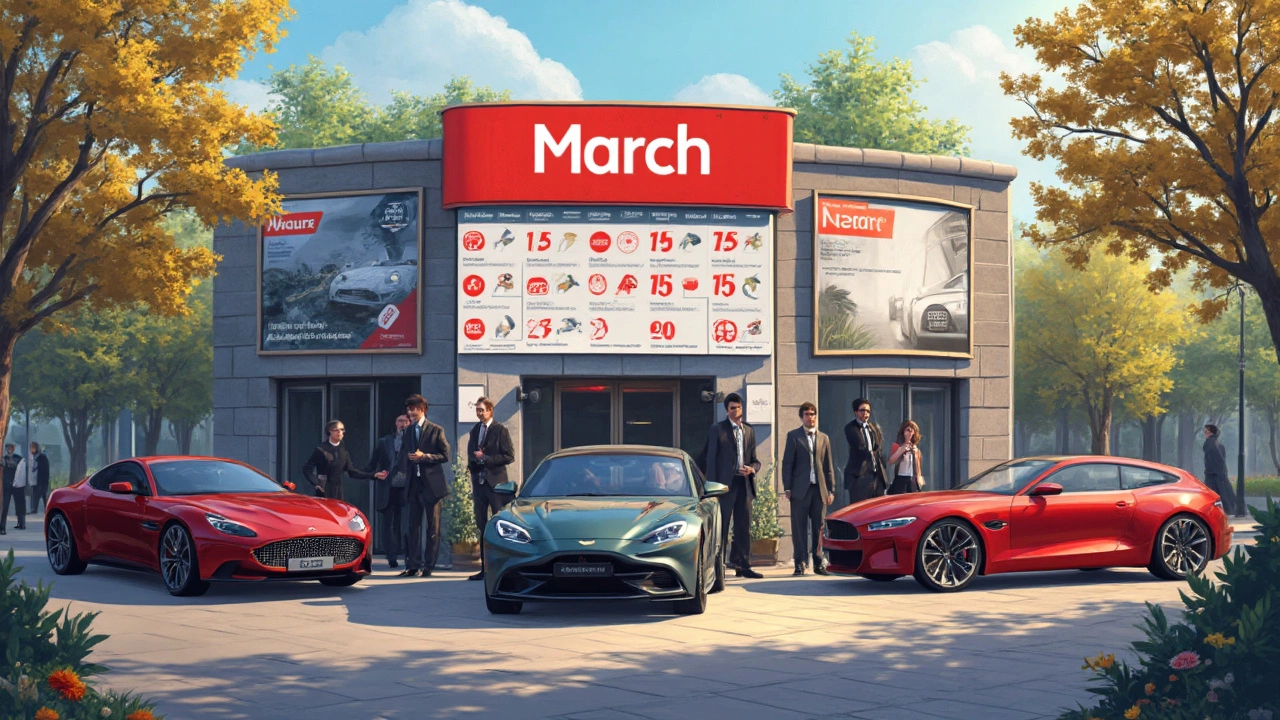Car Finance Tips: Your Quick Guide to a Smarter Auto Loan
Buying a car is exciting, but the financing part can feel like a maze. The good news? You don’t need a finance degree to get a good deal. Below are the steps that most people miss, but that can save you hundreds, if not thousands, of pounds.
Know Your Numbers Before You Look
Start with a simple budget check. How much can you realistically put down? A larger down payment reduces the loan amount, which lowers monthly payments and the total interest you pay. Aim for at least 10‑15% of the car’s price if you can.
Next, pull your credit report. Lenders base interest rates on your credit score, so knowing where you stand lets you negotiate from a position of strength. If your score is lower than you’d like, consider a short credit‑repair sprint: pay down existing debt, correct any errors, and avoid new credit applications for a month before you apply.
Shop Around, Don’t Settle for the First Offer
Dealership finance looks convenient, but banks and building societies often have better rates. Use an online loan calculator to compare the APR (annual percentage rate) from three or four lenders. Remember, the headline rate isn’t the whole story—look for arrangement fees, early repayment charges, and whether the rate is fixed or variable.
Getting pre‑approval from a bank gives you a price ceiling. Bring that pre‑approval into the dealership; they’ll either match it or explain why their offer is higher. Either way, you’ve got leverage.
Don’t forget to check if you qualify for any special schemes. Some manufacturers run zero‑percent financing for new cars, but those deals often require a larger down payment or a shorter term, which can increase your monthly outlay. Weigh the cash‑flow impact against the interest saved.
When you finally pick a loan, look beyond the monthly payment. Calculate the total cost over the life of the loan: (monthly payment × number of months) + any fees. A lower monthly payment on a longer term may look appealing, but you’ll pay more interest overall.
Finally, ask about early repayment options. If your loan allows you to pay extra without penalties, you can shave years off the term and cut interest dramatically.
Following these steps puts you in control. You’ll walk away with a car you like and a finance package that doesn’t bite you later. Happy driving!

Learn what not to say at a car dealership when financing a vehicle to avoid overpaying, hidden fees, and bad loan terms. Protect your budget with smart negotiation tactics.
Read More
Finding the best month to finance a car can save you significant money. Financial strategies vary with seasonal sales, dealership incentives, and your readiness to negotiate. Being aware of the market trends and understanding the dealership cycle can transform your car financing experience. In this article, we break down the key months and provide actionable tips to ensure you get the best deal possible.
Read More